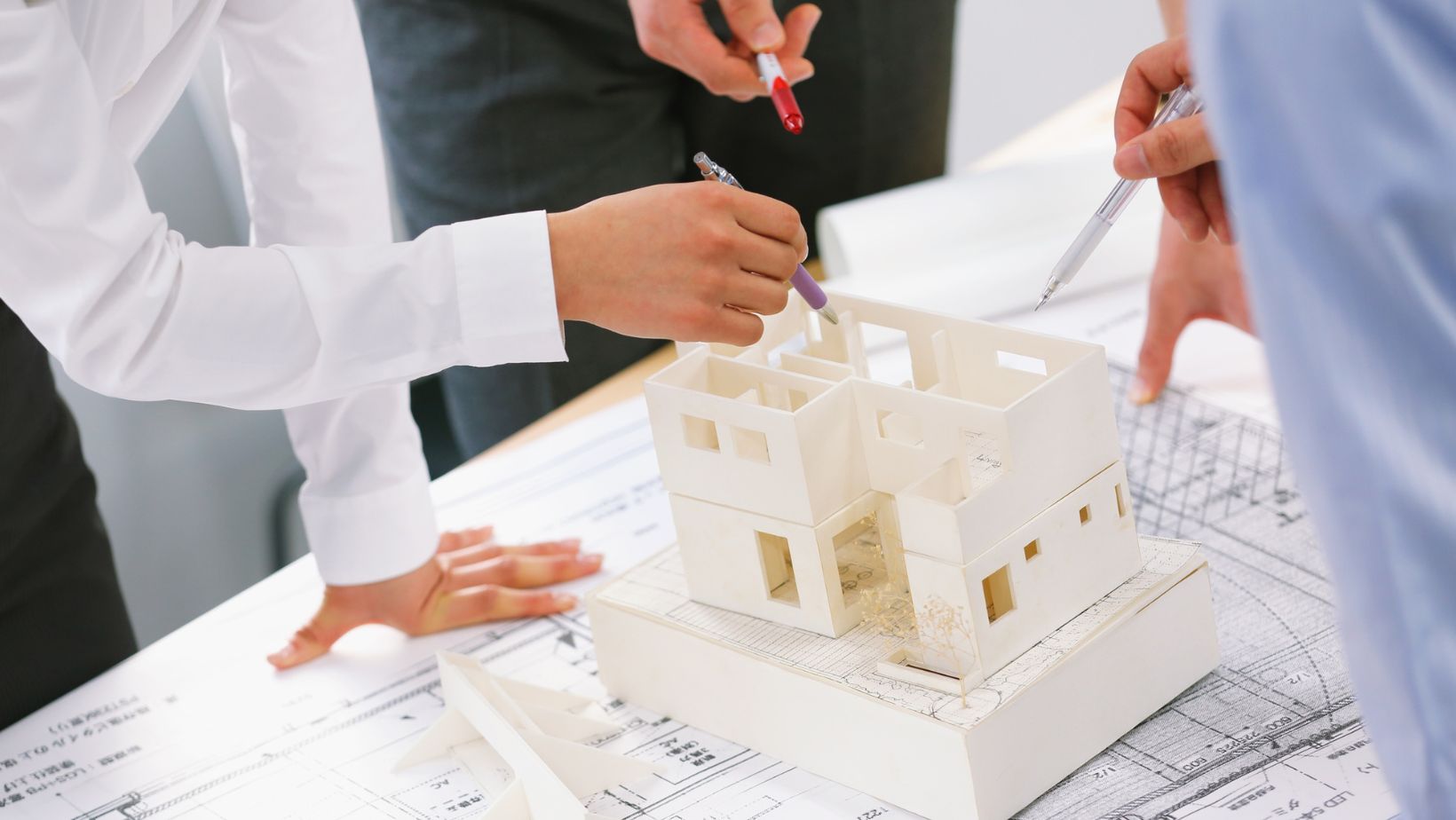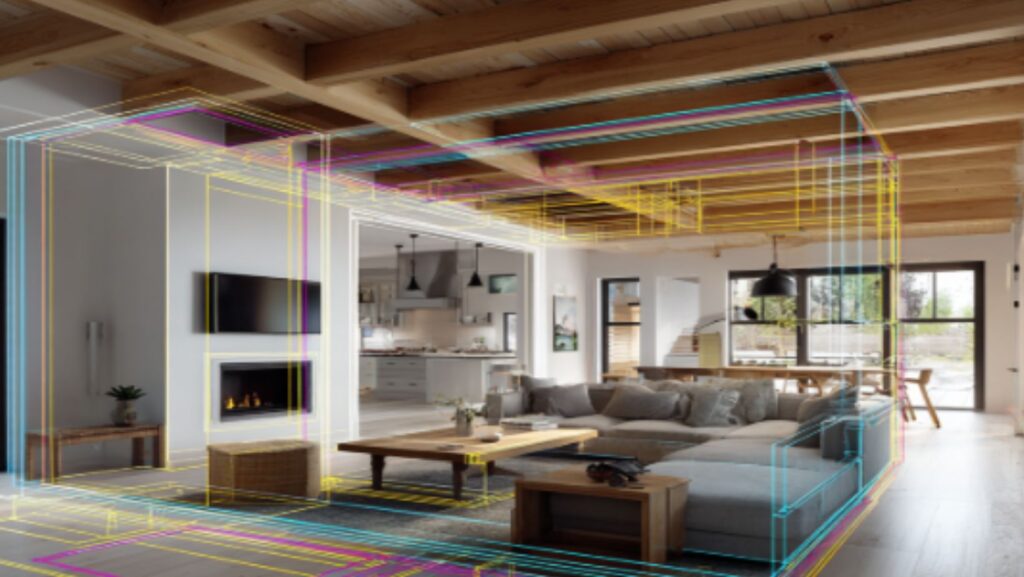When it comes to home renovation and architectural evolution, the marriage between cutting-edge parametric design and strategic demolition company services creates fascinating opportunities. Modern demolition company teams now work alongside architects using sophisticated computational tools to transform existing structures with surgical precision. This collaboration between innovative demolition contractors and digital design experts represents a quantum leap from the traditional wrecking ball approach to something far more nuanced and architecturally intelligent.
The intersection of parametric planning and selective demolition offers homeowners unprecedented control over their renovation journey. Just like Hidden Gold: How Smart Garage & Shed Removal Instantly Adds Equity to Your Property demonstrates, strategic structure removal can unlock hidden potential in properties. Similarly, Before and After Renovations: Changes in Architectural Plans shows how thoughtful planning transforms spaces by carefully considering what to remove alongside what to build.
The Digital Revolution in Selective Demolition
Picture your home renovation like performing surgery with a scalpel rather than an axe. Parametric design software allows architects to model precise demolition sequences, identifying which walls can be safely removed, where structural supports need reinforcement, and how natural light patterns will change once barriers disappear. These digital twins of your existing structure help demolition contractors understand exactly where to cut, what to preserve, and how to sequence their work for optimal results.
The beauty lies in the mathematical precision. Instead of guessing which beam supports what load, parametric modeling calculates stress distribution across your entire home structure. This computational approach means innovative demolition contractors can remove seemingly critical elements while maintaining structural integrity through strategically placed reinforcements calculated down to the pound of force.
Smart Demolition Through Environmental Algorithms
Modern parametric tools consider environmental factors that traditional demolition planning often overlooks. Software can model how removing a interior wall affects air circulation, how opening up spaces changes acoustic properties, and even how dust and debris will travel during the demolition process. This environmental consciousness transforms what used to be messy, disruptive work into precisely orchestrated transformations.
Think of it like weather forecasting but for your renovation project. The algorithms predict how each structural cut will ripple through your living environment, allowing contractors to sequence work in ways that minimize disruption to your daily life. They might determine that removing the kitchen wall on Tuesday creates optimal airflow for dust removal, while tackling the bathroom wall on Friday ensures better debris containment.
Cost Optimization Through Parametric Analysis
The financial benefits of parametric-guided demolition extend far beyond simple cost estimation. These sophisticated models can identify which structural modifications deliver maximum spatial impact for minimum investment. By analyzing thousands of possible configurations, the software reveals which walls to remove for the biggest “bang for your buck” in terms of openness, light, and functionality.
Imagine having a crystal ball that shows you exactly how much value each potential wall removal adds to your home. Parametric analysis quantifies these improvements, helping prioritize demolition work based on return on investment rather than gut instinct. This data-driven approach ensures every swing of the sledgehammer contributes meaningfully to your renovation goals.
Precision Timing and Phased Demolition Strategies
Traditional demolition often follows a “rip everything out first” mentality, but parametric planning enables sophisticated phasing strategies. The software models how different demolition sequences affect structural stability, utility systems, and livability during renovation. This allows families to remain in their homes longer during major renovations by carefully orchestrating which spaces become uninhabitable when.

The algorithms can determine that removing the guest bathroom wall during week one maintains shower access through the master bath, while tackling kitchen demolition during week three aligns perfectly with appliance delivery schedules. This choreographed approach transforms what could be months of construction chaos into a manageable sequence of targeted improvements.
Material Recovery and Sustainable Demolition
Parametric modeling revolutionizes material recovery by precisely mapping valuable elements before demolition begins. Instead of everything heading to the dumpster, the software identifies architectural salvage opportunities, reusable materials, and elements worth preserving for other parts of the renovation. This computational approach to waste reduction aligns with growing environmental consciousness while offsetting project costs.
The technology can determine that your 1950s hardwood flooring, once carefully removed, provides enough material to create a stunning accent wall in the new great room. Or that vintage brick from an exterior wall demolition supplies perfect material for the new kitchen island base. These insights transform waste streams into design resources.
Integration with Architectural Visualization
Perhaps the most exciting aspect of parametric demolition planning is its seamless integration with architectural visualization tools. Homeowners can experience their renovated spaces in virtual reality before a single wall comes down, making informed decisions about which structures to remove based on experiential understanding rather than abstract floor plans.
Walking through your future home in VR, you immediately understand how removing the dining room wall affects sight lines to the backyard, or how opening up the foyer impacts the feeling of entry into your home. This immersive planning approach eliminates costly mid-project changes that occur when homeowners realize demolition results don’t match their expectations.
Future-Proofing Through Adaptive Demolition Planning
Parametric modeling excels at creating demolition plans that accommodate future changes. The software can model how current structural cuts position your home for potential future renovations, ensuring today’s wall removal doesn’t complicate tomorrow’s addition or remodel. This forward-thinking approach maximizes long-term value while optimizing current improvements.
The algorithms might determine that removing a particular interior wall now creates optimal structural conditions for a future second-story addition, or that preserving certain beam locations enables easier bathroom expansion down the road. This strategic thinking transforms individual renovation projects into components of comprehensive, long-term home evolution plans.
The Human Touch in Digital Demolition
While parametric tools provide unprecedented analytical power, successful implementation still requires experienced demolition contractors who understand both digital modeling and practical construction realities. The best projects combine computational precision with craftsman intuition, using algorithms to inform decisions while relying on human expertise to execute complex demolition work safely and effectively.
These innovative demolition contractors act as translators between digital models and physical reality, understanding when parametric recommendations need adjustment based on site conditions, material properties, or unforeseen structural discoveries. Their expertise ensures that mathematical models translate into successful real-world transformations.
The convergence of parametric design and strategic demolition represents architecture’s evolution toward data-driven decision making. By leveraging computational power to optimize structural cuts, modern renovation projects achieve unprecedented precision in balancing preservation with transformation. This approach honors existing architectural elements while enabling bold spatial reorganization, creating homes that feel entirely new while respecting their structural DNA. As these technologies continue evolving, the boundary between demolition and design will blur further, opening exciting possibilities for homeowners willing to embrace this digital revolution in spatial transformation.


More Stories
Sustainable Landscape Design Practices for Eco-Friendly Home Gardens
How Indoor Air Quality Affects Your Health and What You Can Do About It
Affordable Housing Meets Modern Architecture